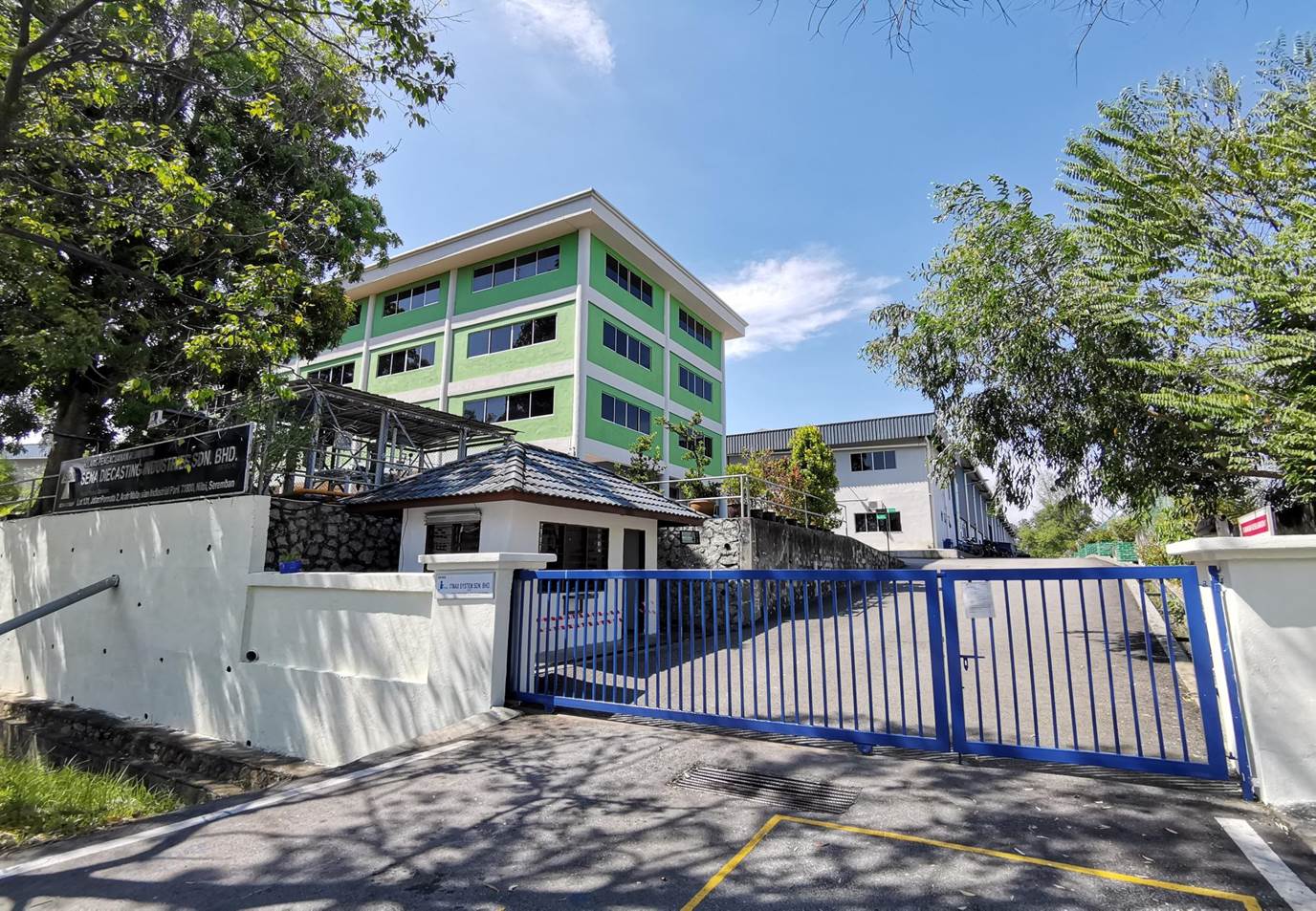The Precision and Versatility of Die Casting in Modern Manufacturing

In modern production, die casting has emerged as the foundational process that offers unparalleled precision and versatility across a range of industries. It is a highly efficient technique that uses the process of injecting hot metal into precisely crafted molds that produce complex designs that are extremely precise. Its origins date from the 19th century Die casting has developed into an advanced technique giving rise to innovation and improvement in the fields of aerospace, automotive electronic, as well as other fields.
Die casting begins with making of a mold mostly made of steel that is precisely designed to mirror the end result. These molds, referred to as dies, have been designed with precise details and have cavities that can accommodate the particular design of the item that is to be made. After the molds have been made then the manufacturing process begins with the process of heating the selected metal – usually aluminum, zinc or magnesium, to its melting state. The molten metal then gets in the dies with extreme pressure. This ensures that it covers every recess inside the mold. This creates an exact copy of the component you want to use.
One of the main advantages of die-casting lies in its incredible dimensional precision and finish on the surface. High-pressure injection processes ensure that even the finest parts of the mold are exactly reproduced in the finished product. This high level of precision allows die casting to be particularly suitable to use in applications where precision and high-quality detail are crucial for example, components for automobile engines enclosures for electronic components, consumer electronics. Additionally, it makes parts with very little post-processing, which reduces the necessity for additional processing or finishing processes as well as reducing the timeframe for production.

In addition to its accuracy Zinc plating Malaysia provides unbeatable ability to work with a variety of materials employed. Aluminum is a very popular option due to its light properties as well as its excellent thermal conductivity, die casting can accommodate a wide range of metals and alloys having its own unique features. Zinc as an example, is renowned for its outstanding durability to corrosion and its capability to create intricate designs that have slim walls. This makes it an ideal choice for ornamental hardware as well as electronic connectors. In addition, it has a high strength-to-weight ratio making it a great choice for projects that require lightweight and high-performance parts are necessary, for instance medical and aerospace equipment.
Die casting’s flexibility extends far beyond the selection of materials to include manufacturing both basic as well as complex components. It doesn’t matter if it’s a simple bracket or a highly detailed housing component, it is able to be used to create a variety of shapes and sizes, with the least amount of restrictions. The flexibility allows manufacturers to combine multiple parts into a single assembly which reduces assembly time as well as the overall number of parts. Furthermore, die casting permits the integration of additional features like internal channels, threads and undercuts directly into the molds which eliminates the requirement to perform additional operations, and increasing the overall functionality of the part.
In the last couple of years, die casting has taken on new technologies that have further enhanced its efficiency and capabilities. Modern simulation software allows companies to simulate and test die casting processes prior to making it into production. This allows for adjustments to parameters such as gate positioning as well as cooling rates and flow of material. Automation and robotics have transformed die casting operations by streamlining routine tasks as well as improving the quality of control. The advancements in technology not only boost the efficiency of production, but they additionally open up innovative possibilities for the design and materials used which will drive continued development and innovations within the realm of die-casting.
Leave a Reply